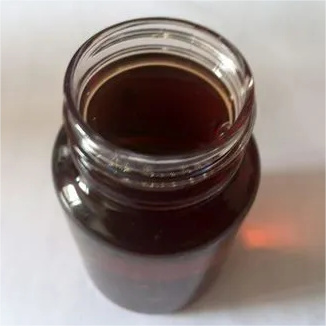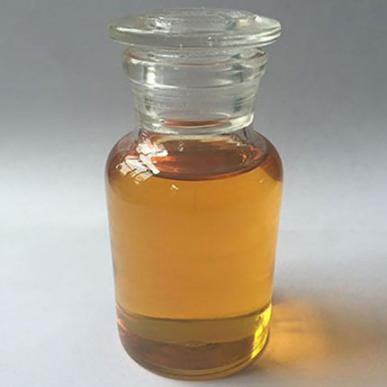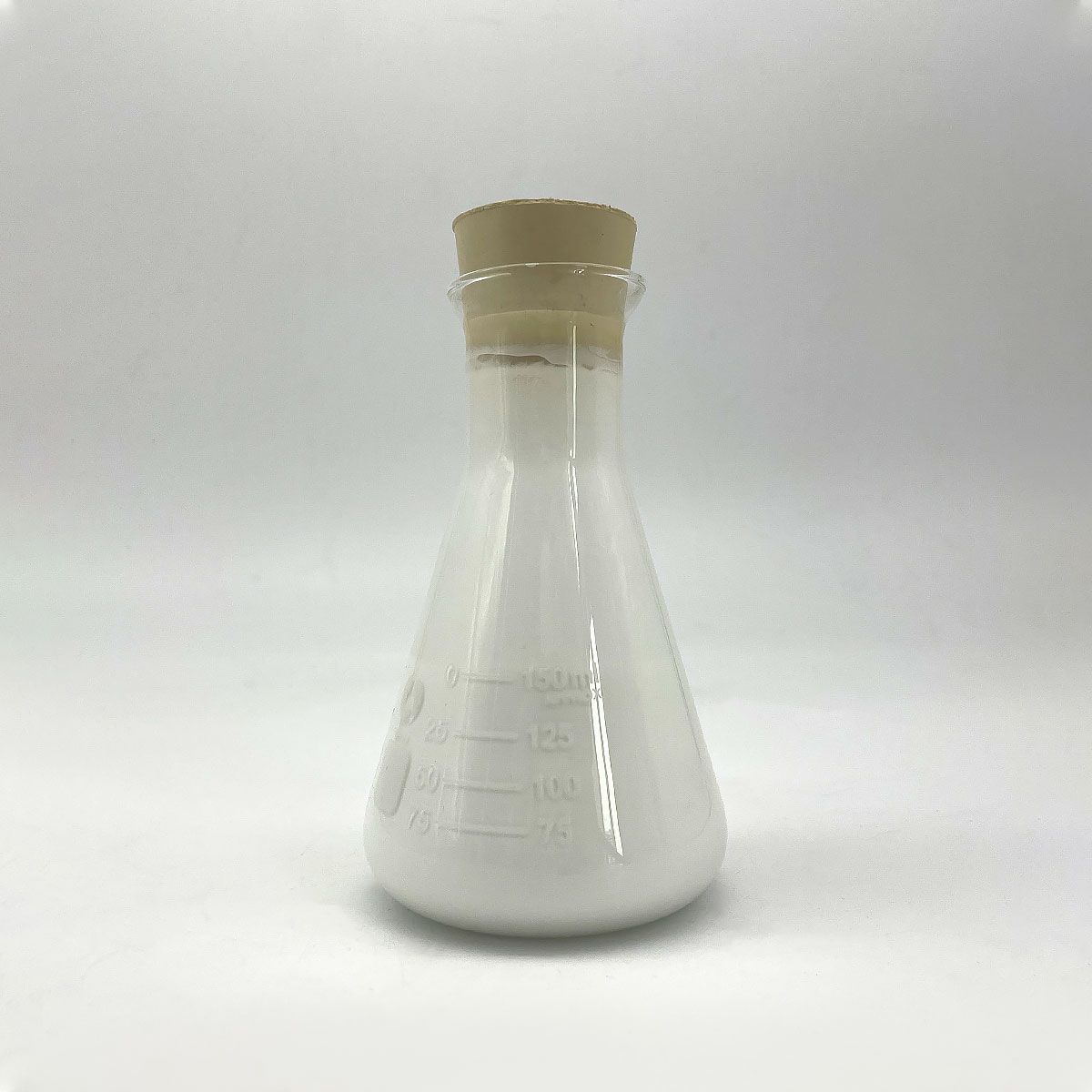1. Introduction
Just 24 hours ago, a major skincare brand announced a full reformulation of its best-selling facial cleanser to remove sodium lauryl sulfate (SLS) due to rising consumer complaints about dryness and irritation. This move reflects a growing trend: more people are seeking gentler, sulfate-free alternatives in personal care and household products.

If you’ve experienced redness, itching, or tightness after using shampoos or soaps, SLS might be the culprit. But don’t worry—this guide walks you through how to identify, avoid, and replace sodium lauryl sulfate with safer, effective alternatives.
2. Understanding Sodium Lauryl Sulfate and Its Role as a Surfactant
Sodium lauryl sulfate (also known as sodium dodecyl sulfate, sls sodium lauryl sulfate, or na lauryl sulfate) is a powerful anionic surfactant. The meaning of surfactant is simple: it’s a compound that lowers surface tension, helping water mix with oil and dirt so they can be rinsed away.
While effective for cleaning, SLS is known to strip natural oils from skin and hair. It’s commonly found in shampoos, toothpastes, and industrial cleaners. You might also see it labeled as natrium lauryl sulfate in some regions.
3. Common Problems Caused by Sodium Lauryl Sulfate
- Skin and scalp irritation, especially for sensitive or eczema-prone individuals
- Dryness and flakiness after repeated use
- Eye irritation in children’s products
- Environmental concerns due to its persistence in water systems
Many users confuse SLS with sodium laureth sulfate (also called sodium lauryl ether sulfate, sodium lauryl ether sulphate, or sls sodium laureth sulfate). While both are anionic surfactants, sodium laureth sulfate is generally milder because it’s ethoxylated—meaning it’s been treated with ethylene oxide to reduce harshness.

4. Step-by-Step Guide to Replacing SLS in DIY Formulations
4.1. Identify Your Product Type
First, decide what you’re making: shampoo, body wash, dish soap, or even a surfactant for herbicides? Different applications need different surfactant types—anionic, cationic, non-ionic, or amphoteric.
4.2. Choose a Gentle Alternative Surfactant
For personal care, consider these SLS-free options:
- Alkyl polyglucoside (e.g., decyl glucoside or coco glucoside): non-ionic surfactants derived from coconut and sugar; very mild
- Cocamidopropyl betaine (also called coco betaine, amidopropyl betaine, or cocamido): an amphoteric surfactant that boosts foam and reduces irritation
- Sodium cocoyl isethionate or sodium lauroyl methyl isethionate: creamy, gentle cleansers ideal for solid bars
- Sodium coco sulfate: a milder cousin of SLS, still anionic but less irritating
Avoid confusing terms like sls sulfate or sulphate laureth sulfate—these are often marketing mix-ups. Stick to clear INCI names.

4.3. Avoid Problematic Combinations
Never mix anionic and cationic surfactants directly—they can neutralize each other. For example, cetyl trimethyl ammonium bromide (CTAB) or cetyltrimethylammonium bromide is a cationic surfactant used in conditioners, but it won’t work well in an SLS-based shampoo.
Also, skip harsh additives like copper 1 bromide or sodium dodecylbenzene sulfonate unless you’re formulating industrial cleaners.
4.4. Add a Wetting Agent if Needed
For lawn care or herbicide use, you might need a lawn wetting agent like polysorbate 80, span80, or lignin sulfonate. These help herbicides stick to waxy leaves. Methylated seed oil is another common surfactant for weed killer formulations.
5. Troubleshooting Common Issues
5.1. My DIY Shampoo Isn’t Lathering
SLS creates big, fluffy foam—but gentler surfactants like alkyl polyglucoside produce less lather. Boost foam by adding 2–5% cocamidopropyl betaine. Avoid expecting ‘laureth’-level bubbles from sulfate-free formulas.
5.2. My Skin Still Feels Dry
Even ‘natural’ surfactants can be drying if overused. Limit total surfactant concentration to 10–15% in rinse-off products. Add humectants like glycerin or use bio surfactants such as sodium cocoyl glutamate for extra mildness.
5.3. My Herbicide Isn’t Working
If you’re using a surfactant for herbicides, ensure it’s compatible. Nonionic surfactants like ethoxylated alcohol or pluronic 127 (poloxamer 188) improve coverage. Avoid anionic surfactants like ammonium lauryl sulfate in hard water—they can bind to minerals and lose effectiveness.
6. Where to Buy Safe Surfactants
Look for reputable suppliers like Rohit Surfactants Private Limited for bulk ingredients. When searching for ‘sodium lauryl sulfate for sale,’ always verify purity and intended use—industrial-grade SLS isn’t safe for skincare.
For home use, opt for pre-blended bases containing sodium lauroyl sarcosinate, lauroyl sarcosinate, or sarcosinate derivatives—they’re effective yet gentle.
7. Conclusion
Replacing sodium lauryl sulfate doesn’t mean sacrificing performance. With the right knowledge of surfactant types—anionic, cationic, non-ionic, or amphoteric—you can create effective, skin-friendly products. Whether you’re making shampoo, body wash, or even a garden spray, choosing alternatives like alkyl polyglucoside, coco betaine, or sodium cocoyl isethionate ensures gentler results without compromising cleanliness.
Our Website founded on October 17, 2012, is a high-tech enterprise committed to the research and development, production, processing, sales and technical services of ceramic relative materials such as How. Our products includes but not limited to Boron Carbide Ceramic Products, Boron Nitride Ceramic Products, Silicon Carbide Ceramic Products, Silicon Nitride Ceramic Products, Zirconium Dioxide Ceramic Products, etc. If you are interested, please feel free to contact us.


